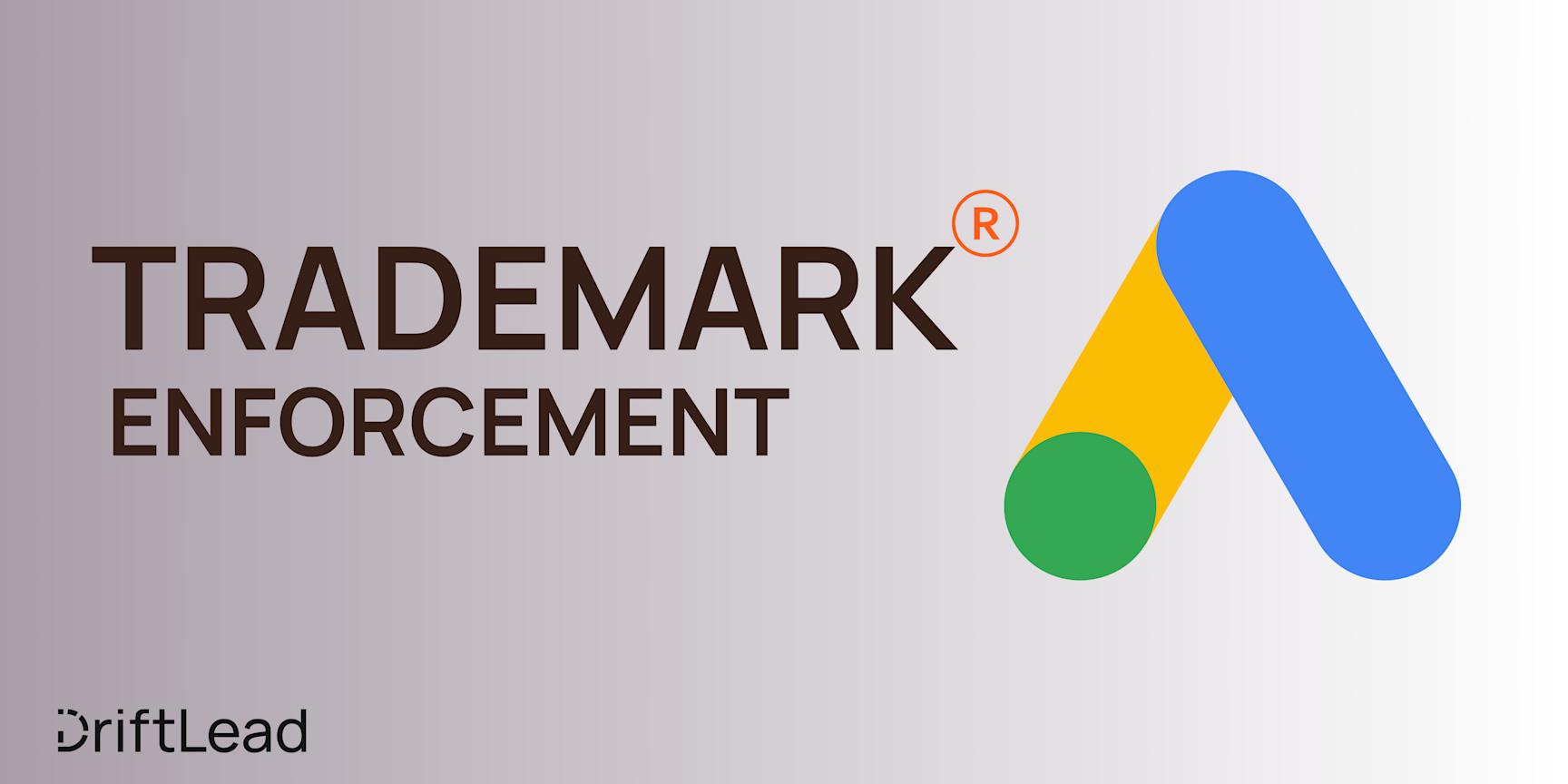Harnessing the Power of Omnichannel Campaigns (With Examples)
04 Aug, 2023
Learn how omnichannel marketing can transform your business with our comprehensive guide and real-world examples.

Jump to:
#strategy
#advertising
Hop on our weekly newsletter train! We're sharing tips so stellar, we're practically job-threatening ourselves!
Picture this: a potential customer discovers your brand on social media or in a display ad; they perhaps learn more, engage with your content, and later search for your website. In the next few days, they receive a personalized email, and finally, they make a purchase. Throughout this process, they seamlessly transition between channels, encountering your brand in various lights and contexts. This is an example of omnichannel marketing—a once cutting-edge but now essential marketing methodology.
In the ever-evolving digital age, consumers don't just stick to one platform; they're constantly switching between devices and channels, consuming various types of content and expressing different levels of intent across each. While it demands more strategy from marketing teams, it allows businesses to connect with their potential customers across multiple platforms and experiences. Over the years, successful brands have leveraged omnichannel marketing to forge deep connections with their audience, leading to enhanced brand loyalty, increased engagement, and, ultimately, higher conversion rates. However, the road to omnichannel success is not without its challenges. But fear not; in this post—we will cover everything you need to know about creating successful omnichannel campaigns for your business.
What is Omnichannel Marketing?
At its core, omnichannel marketing revolves around creating a seamless and integrated experience for customers across all channels and touchpoints. The goal is to provide a consistent and personalized journey that adapts to the customer's behavior, preferences, and needs, regardless of the platform or device they are using.
Consumers have become more sophisticated and demanding than ever before. They now interact with brands across multiple channels and have high expectations for the quality of each touchpoint. Imagine a potential customer who first discovers your brand through a captivating post on your social media account. Intrigued, they engage with your content, perhaps following your page for updates. Later, they search for your website to learn more about your products or services. A day or two later, they receive a personalized email with tailored offers that align perfectly with their interests. Finally, feeling confident about their decision, they purchase through your user-friendly online store. Throughout this process, they smoothly transition between channels, encountering your brand in various lights and contexts.
Unlike traditional multichannel approaches, where each marketing channel operates in isolation, omnichannel marketing weaves these channels into a cohesive tapestry. This interconnectedness empowers businesses to deliver a unified and engaging customer experience, regardless of where and how customers interact with the brand.
By adopting an omnichannel strategy, businesses can meet customers where they are, delivering relevant content and offers tailored to their specific journey stage. It's about understanding that a customer's interaction with your brand is not linear but a dynamic, multi-layered experience.
Embracing omnichannel marketing also means embracing the challenge of catering to a diverse and constantly evolving audience. It requires marketers to be agile and responsive, consistently refining their strategies based on data-driven insights to provide the best possible experience for their customers.
The Advantages of Omnichannel Marketing
Let's explore the benefits of embracing an omnichannel approach, from unlocking lasting customer loyalty and driving substantial business growth.
Enhanced Customer Experience:
In a world where customer experience reigns supreme, omnichannel marketing takes center stage by delivering a seamless and personalized journey for each individual. By understanding a customer's behavior across different channels, businesses can craft tailored experiences that resonate with their preferences and needs. Whether a consistent branding message or a personalized offer, omnichannel marketing ensures that customers feel valued and engaged at every touchpoint.
Increased Engagement and Conversion Rates:
Omnichannel marketing is a catalyst for improved customer engagement. By presenting a cohesive brand image and messaging across various platforms, businesses can capture the attention of their target audience more effectively. As customers interact with the brand through multiple channels, their level of engagement deepens, leading to higher chances of conversion. The more connected customers feel to a brand, the more likely they are to complete a purchase or take the desired action.
Brand Consistency and Recognition:
A strong brand identity is essential for building trust and loyalty among customers. With omnichannel marketing, maintaining brand consistency becomes second nature. Whether customers interact with your brand on social media, email, website, or in-store, they will encounter a consistent and unified message, reinforcing your brand's values and personality. This consistency builds brand recognition, making it easier for customers to recall and choose your brand over competitors.
Seamless Customer Journey:
Omnichannel marketing connects the dots between various channels, creating a seamless customer journey. Customers can start interacting on one platform and effortlessly continue on another without feeling disjointed. This cohesive experience reduces friction and frustration, making it more likely for customers to complete their journey and convert.
Data-Driven Insights:
Omnichannel marketing generates diverse data from diverse sources, providing valuable insights into customer behavior and preferences. Businesses can make informed decisions and optimize their marketing strategies by analyzing this data. Understanding which channels and touchpoints are most effective helps allocate resources efficiently, maximizing marketing campaigns' ROI.
Competitive Advantage:
In today's hyper-competitive market, delivering a superior customer experience can be a key differentiator. Brands embracing omnichannel marketing and providing seamless interactions gain a competitive edge. Satisfied customers are also likelier to become loyal advocates, spreading positive word-of-mouth and attracting new customers to the brand.
Famous Omnichannel Campaign Examples
Now that we've summarized it let's review some famous omnichannel marketing examples.
Nike: "Find Your Greatness" Campaign
Nike's "Find Your Greatness" campaign is a classic example of how a brand can leverage omnichannel marketing to inspire and engage its audience. During the 2012 London Olympics, Nike launched this campaign, celebrating greatness and encouraging people to pursue their fitness goals, regardless of their abilities or location. The campaign seamlessly connected various channels, including TV commercials, social media, website content, and mobile apps.
Nike's TV commercials showcased real athletes from around the world, emphasizing that greatness can be found in anyone. The message extended to social media platforms, where Nike encouraged users to share their fitness stories using the hashtag #findyourgreatness. The website and mobile app provided personalized fitness tips, allowing users to set and track their fitness goals. This cohesive omnichannel approach empowered individuals to join the Nike community, fostering brand loyalty and driving engagement.

Coca-Cola: "Share a Coke"
Coca-Cola's "Share a Coke" campaign is a stellar example of how a global brand can personalize its marketing efforts using an omnichannel approach. The campaign replaced the iconic Coca-Cola logo on bottles with popular names and phrases like "Share a Coke with [Name]." By doing so, Coca-Cola encouraged customers to find bottles with names of friends, family, or even their own names and share the experience on social media.
The omnichannel aspect of this campaign was instrumental in its success. Coca-Cola launched interactive vending machines that allowed users to customize bottles with their names. The company also integrated the campaign on its website and social media platforms, creating a unified experience across various channels.
The campaign's personalization and social sharing elements resonated with customers, leading to increased engagement, user-generated content, and widespread brand awareness. "Share a Coke" became one of the most successful marketing campaigns in Coca-Cola's history, highlighting the power of omnichannel marketing in creating a meaningful and shareable experience.

REI Opt Outside
REI, an outdoor retail co-op, launched the #OptOutside campaign in 2015 as an alternative to the traditional Black Friday shopping frenzy. The campaign encouraged employees and customers to spend time outdoors with their loved ones on Black Friday instead of joining the rush for holiday deals.
The campaign was a prime example of how a brand can leverage omnichannel marketing to drive a meaningful movement. REI utilized various channels, including social media, email marketing, website, and in-store promotions, to spread the message and engage its audience.
REI encouraged customers to share their outdoor adventures on social media using the hashtag #OptOutside. They also created interactive maps on their website, suggesting nearby outdoor locations where people could explore on Black Friday. In-store displays and email campaigns reinforced the message and promoted the movement.
The campaign's success went beyond just marketing. By aligning its values with its customers and fostering a sense of community around outdoor activities, REI solidified its brand positioning as a company that cares about the well-being of its customers and the environment.
Measuring the Success of Omnichannel Marketing
As omnichannel initiatives span various platforms and customer touchpoints, measuring success requires a nuanced approach that considers both traditional and innovative metrics. Here are the key steps to effectively measure the success of an omnichannel marketing campaign:
Leverage Multi-Touch Attribution:
One of the most significant challenges in measuring the success of an omnichannel campaign is attributing conversions and sales accurately to the various touchpoints. Multi-touch attribution models allocate credit to different marketing channels based on their influence at different stages of the customer journey.
Track Cross-Channel Customer Behavior.
Understanding customer behavior across multiple channels is critical for measuring omnichannel success. Utilize customer journey tracking tools and analytics platforms to monitor how customers interact with your brand across touchpoints. This data will shed light on which channels drive initial awareness, facilitate engagement, and contribute to final conversions.
Analyze Key Performance Indicators (KPIs)
Identify relevant KPIs that align with your campaign objectives. Some common KPIs for measuring omnichannel success include conversion rates, customer acquisition cost (CAC), customer lifetime value (CLV), click-through rates (CTR), social media engagement, and foot traffic data for physical stores. Track these metrics across all channels to gauge the campaign's impact and identify areas for improvement.
Monitor Customer Retention and Loyalty:
An omnichannel campaign's true success lies not only in attracting new customers but also in retaining and nurturing existing ones. Measure customer retention rates and monitor customer loyalty program engagement to understand how well the campaign fosters repeat business and customer loyalty.
A/B Testing and Experimentation:
Continuous experimentation and A/B testing are integral to optimizing omnichannel campaigns. Test strategies, creative assets, and messaging across various channels to determine which combinations yield the best results. Use the insights from these experiments to refine your approach over time.
How to Successfully Implement an Omnichannel Campaign
An effective omnichannel campaign requires meticulous planning, seamless execution, and a deep understanding of your target audience. To maximize your chances of success, here's how to get started with your first omnichannel campaign:
Understand Your Audience:
Start by gaining a comprehensive understanding of your target audience. Conduct market research, analyze customer data, and build buyer personas to identify their preferences, pain points, and behaviors. This knowledge will be the foundation for crafting personalized and relevant campaigns that resonate with your audience.
Select Relevant Channels:
Choose the channels that align best with your target audience's preferences and behavior. It's crucial to balance digital channels (e.g., social media, email, website) and physical touchpoints (e.g., brick-and-mortar stores, events) to create a holistic customer experience.
Maintain Consistent Messaging:
Consistency is key in omnichannel marketing. Ensure your brand messaging, tone, and visuals remain consistent across all channels. A cohesive brand identity fosters trust and recognition, reinforcing your brand's value proposition in the minds of your audience.
Develop Personalized Content
Craft personalized content that caters to the needs and preferences of your audience. Use customer data to deliver relevant messages, product recommendations, and offers at each customer journey stage. Personalization enhances engagement and drives conversions.
Implement Marketing Automation:
Leverage marketing automation tools to streamline your omnichannel efforts. Automation helps deliver timely and consistent messages, automates email campaigns, manages social media posting schedules, and allows for dynamic content delivery.
Provide a Seamless User Experience:
Ensure a smooth and intuitive user experience across all channels. Optimize your website for mobile devices, simplify the checkout process, and offer multiple customer support channels. A seamless experience fosters customer satisfaction and loyalty.
Offer Omnichannel Customer Support:
Customer support should be available through various channels to assist customers throughout their journey. Implement chatbots, live chat, email, and phone support to provide quick and convenient assistance.
Track and Analyze Performance:
Regularly monitor campaign performance and KPIs across all channels. Use data analytics to identify which touchpoints are most effective in driving engagement and conversions. Continuously optimize your campaign based on these insights.
Learn and Iterate:
An omnichannel campaign is an iterative process. Continuously analyze data, gather customer feedback, and stay updated with industry trends. Use these insights to fine-tune your strategies and adapt to changing customer behaviors.
Ready to embark on your omnichannel marketing adventure? Take the first step towards boosting your marketing efforts with a FREE personalized marketing plan from Driftlead. Contact us today and unlock the full potential of omnichannel marketing for your business!






